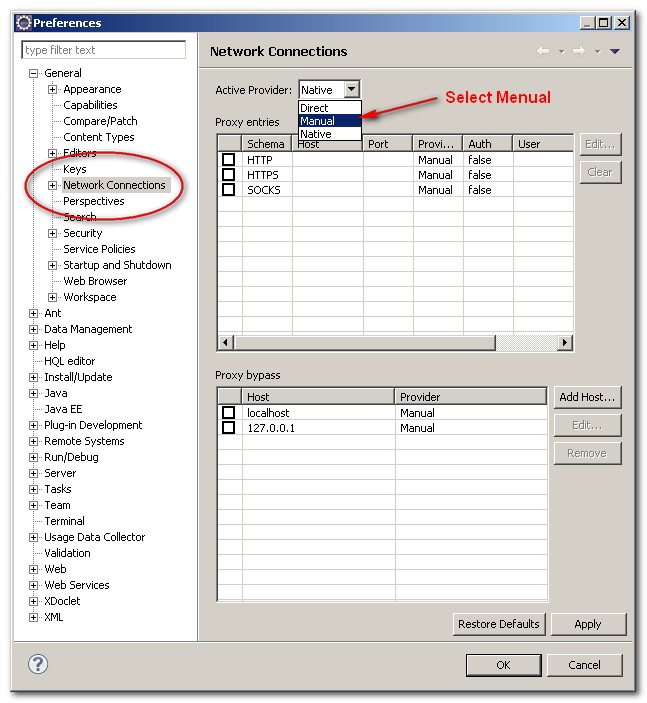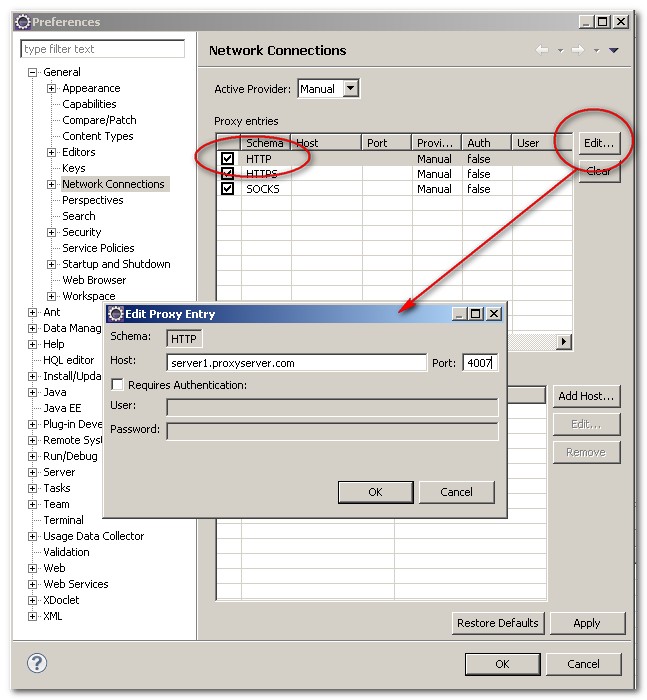Getting Started
Before you begin, get to know the Force.com platform, the ecosystem, and popular use cases. There are a lot of ways to do this.DeveloperForce is a developer’s best friend. The Idea Exchange will tell you what customers are asking for. AppExchange will show you which apps are popular. The important thing is to find your niche and start building that app.
Important: AppExchange Checkout works with Managed Packages managed via a License Management Application. If you are selling a Force.com Embedded app or an API only app, contact your ISV AE for non-Checkout options.
Initial Development
Develop your great app and start showing it to people. You can get a free developer org by joining DeveloperForce. It is entirely your call how mature the app should be before showing it to prospects. In general, the earlier, the better. Early viewers and testers will validate your ideas and, more importantly, share theirs. Continue iterating on your app until it is ready for broader testing.
During this early stage of development, you will need to learn about packaging your app, so now is a good time to take a look at theISVForce Guide. Chapter 4, Packaging and Testing Your App, is a great resource. As an ISV, you will only release managed apps, so focus on that section. Keep in mind that once customers start testing your app, and once you start releasing even early versions, it can be difficult to make sweeping changes to your architecture like removing objects and fields. Also, it’s possible for you to package your app in a way that limits its distribution potential. For example, while you can package features such as workflow and record types, these are not standard features in Professional Edition and your app will not install into PE orgs. It is important for you to keep these issues in mind as you develop your app, especially if it is complex, so you can plan and manage your development, and upgrade lifecycles appropriately.
Partner With Salesforce
Signup as a Salesforce partner. This is easy and only takes a few moments. You’ll be asked a few questions and before you know it, you’ll have access to the Partner Portal. Note that your partner portal credentials will end with “@partnerforce.com.” The Partner Portal has great information in it. If you are interested in exploring the ISV program in detail, you should visit the APP Academy.
Become an AppExchange Publisher
Once you are signed up as a partner, create an AppExchange Publishing Org (APO). In the Partner Portal, you’ll see a big button at the top of the screen labeled, “Create A Test Org.” For org type, select “Partner Developer Org.” You will receive new credentials by email. Be sure to login and set your password before proceeding. Note that the system will pick a username for you. If you don’t like it, feel free to change it. The purpose of this org is to help you publish listings on AppExchange.
You are now ready to start publishing on AppExchange. Point your browser to AppExchange, scroll to the bottom of the screen, and click the “List on the AppExchange” link. Login using the APO credentials you just received. You’ll need to answer a few questions. No, you have not published on AppExchange before. Yes, you agree to the terms and conditions. You are now ready to complete your profile. Don’t worry, you can edit this at any time. Notice there’s a link at the bottom labeled “Change Partnership.” You’ll need to save your profile, then click this link. You’ll be prompted for your partnership username and a password. This should be your “@partnerforce.com” username. Be sure to click save again once your partner username and password have been accepted.
Important. AppExchange Publishing Organizations operate on a hub and spoke model. The APO is the hub. It contains all of the information about your company, but doesn't contain any information about your apps. Apps should always be developed in an org other than your APO. When you are ready to publish an app, simply click on the "Your Organizations" link, and add the developer edition where you package your app to your APO. Once you connect the orgs, you will be able see information from your spoke orgs in your hub APO org.
Congratulations, you are now ready to create a new listing. You should now be on the Publisher home screen and see a big red button with the label, “Create New Listing.” Click this. Enter your unique app name, select the “app” option, and submit. You are now on the main listing screen. Note that every field has help text to the right of it. When you run into trouble, look for the help icon in the upper right of your screen. Keep in mind that you’ll be able to edit and enhance this listing as you go.
Signup For AppExchange Checkout
Note: If your app is free, you can skip this step.
Next sign up for AppExchange Checkout, the feature that lets customers pay for your applications directly on the AppExchange. Checkout is a service from salesforce.com and Stripe that bills your customers’ credit cards automatically and deposits money into your account. Stripe provides no-touch recurring billing and subscription management, including trials, coupons, upgrades/downgrades, and automatic renewals. It also automatically updates licenses in the License Management Application (LMA).
Signing up for Checkout is very easy – no merchant bank accounts or payment gateways are required. Start on the publisher home screen. If you’re lost in AppExchange, just stop, scroll to the bottom and click the “List on the AppExchange" link.
To sign up for Checkout, click Learn About Checkout at the top of your publisher home screen. After you agree to the terms and conditions, you can create your Stripe account. Connect your checking account, authorize the AppExchange to use your new Stripe account, and you are ready to use Checkout!
To get your app ready for Checkout, first create your subscription plans in Stripe. Per month, per year, and one-time payment plans are currently supported. Go back to your publisher home screen to edit your listings and choose which plans to offer on the Pricing tab. After you select your plans and associate them with your listing, your app is ready for Checkout. Customers who buy your app on the AppExchange will be asked to provide their credit card information. If they install your app, they will be charged according to the payment details you’ve specified.
Start Your Security Review
Note: you must have a contract in place, either AppExchange Checkout, above, or ISVForce signed up with a rep, in order to start your Security Review.
Next, kick off the Security Review process. Note that all apps on AppExchange must complete the security review process successfully. Click the “Offering” tab. Select the options, “Your application is a package” and “Install it directly from the AppExchange.” Next, associate your package with your listing by clicking “Change Packages.” If you have just uploaded your package, note that it can take a few minutes before that package is visible in AppExchange. Once it is visible, it can be a few more minutes before you can associate it with a listing. Save your page before continuing. Next, click “Start Review.” You will be directed to the Security Review wizard. Here you will supply all of the necessary information to initiate your security review. Take the time to fill this out carefully – incomplete information and failed reviews mean more time until your app can go to market. After completing the form, you will be prompted for your security review payment. Enter your credit card information and your review will be submitted to our security team.
Security Review Complete
Once your security review is complete and your app has passed, you’ll want to request the ISV Business Org by logging a ticket in the Partner Portal. This is a free two-license CRM org that you can use to manage your ISV business (leads, opportunities, licenses, sales and orders) . It comes pre-installed with the License Management App (LMA). The LMA helps you control which customers are allowed to use your app, how many users they are allowed, etc. Note that AppExchange Checkout controls LMA records for any apps a customer purchases through your AppExchange listing.
If you are an API-based app, you might want to request an API token. An API token lets GE and PE customers use your API-based app (SOAP and REST only). If you are not an API-based app, you do not need to do this.
Down to the last few steps. First, revisit the listing you created above. Does it have enough screen shots? Is it easy to understand? Have you added a YouTube demo? Make your listing easy to understand and display your contact information prominently. Also, remember those beta customers? Invite them to review your app so it has some reviews before going live.
Go Live
Now the fun part. Locate your listing in the Private Listings tab. Take a deep breath. Click “Make Public.” That’s it: your listing and your app are now live.
Now the fun part begins: marketing. If you haven’t already, now is the time to get noisy. Tell the world. Post to Facebook. Post to Twitter and mention @appexchange. Post to Pinterest. And then you’ll need to repeat this process with new angles. Post when you get a good review, post when you update your package, post anything you think is newsworthy. It’s important to keep up a regular cadence of marketing activity so you can continue to help prospects get to know you.
Notes
1. This model works for ISVForce apps. However, AppExchange Checkout does not yet support OEM apps, Directory apps, or external apps. If your model is not supported, talk to your ISV AE.
2. When you sign up as a Salesforce partner, our partner team will reach out to you. You should talk to them about your app and describe your use case in detail. In some cases, you might decide you want to pursue a partnership model that does not work with this step by step guide.

